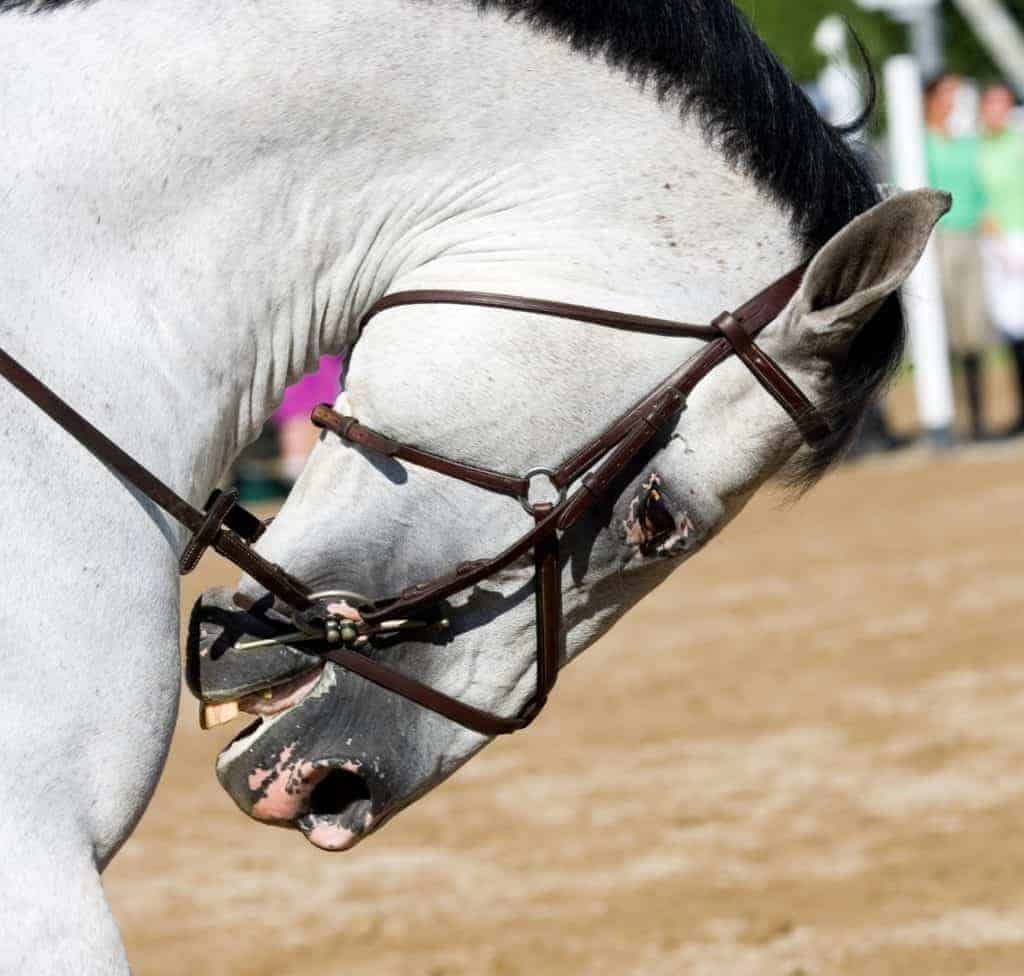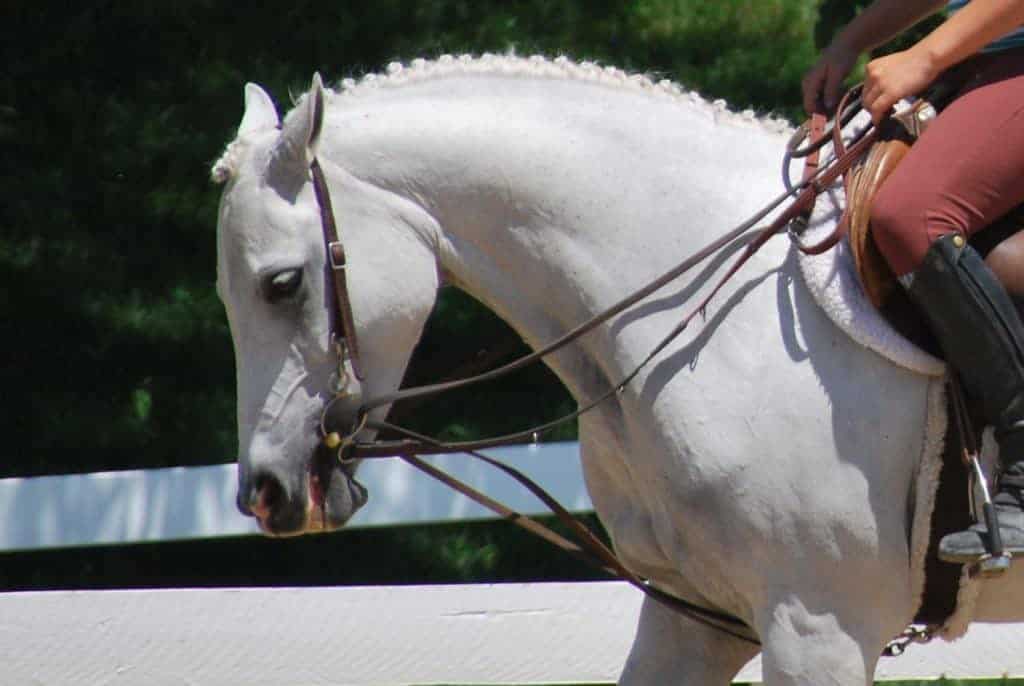
Researchers Pinpoint Influential Factors for Horse Welfare
Learn which factors have the biggest impact on stalled horses’ welfare and how owners can improve their environments.

Learn which factors have the biggest impact on stalled horses’ welfare and how owners can improve their environments.

Such equipment appeared most prevalent in sales advertisements for more expensive, higher-level horses, scientists said.

Does hyperflexion have negative effects or does it help improve horses’ performance? Scientists review the research.

Learn how to safely train horses to behave during common procedures, such as taking temperatures and giving injections.

Researchers found that different types of situations affected horses’ eye wrinkle characteristics.

To protect equine welfare, the Swiss equestrian federation has banned draw reins, effective Jan. 1, 2016.

One researcher shared her recently developed model for improving welfare in the stock horse industry.

Researchers observed a negative bias of block-colored and spotted horses, which could impact subjective evaluations.

One vet shares how learning theory techniques can help teach difficult horses to stand calmly and accept treatments.

How can I encourage my horse to stand still during mounting?

Stress can impair a horse’s performance, diminish the benefits of therapy, and create safety risks to vulnerable riders.

A trainer shares how he used learning theory principles to train a half-zebra with “complicated instinctive behavior.”

Average rein tensions in riders’ dominant hands were 34-45% greater than in their nondominant hands, a study found.

Researchers concluded that nose twitches, when properly applied, are a humane restraint for short usage situations.

Scientists are on the hunt for reliable objective measures of positive emotions in horses being ridden and trained.

These principles can help riders maintain equine welfare, improve safety, and allow horses to perform at their best.
Stay on top of the most recent Horse Health news with
"*" indicates required fields